#1 US Dollar Coin Buyer Las Vegas & Henderson
Brief History
The word dollar actually evolved from the German, “Thaler”, which was the first large European silver coin. The Spanish dollar or, “piece of eight” followed and was extremely popular throughout the world even being preferred in some parts of the early United States due to their wide spread availability. Dollar coins actually did not exist in the United States until the authorization by Congress in 1792. Prior to this, the first large dollar-sized coin created as a substitute for paper currency came in 1776 and was referred to as “Continental Currency”. These were viewed at the time as a substitute for the paper dollar. The first actual “dollar” coins were minted in 1794 with the value stamped on the edge. From 1794 through 1935 they were made primarily of silver, generally 90% by weight.
Since 1935 and continuing to the current date, the United States has had dollar coins in some form with the exception off a few brief periods. It was in 1935 however that the last minting of 90% silver coins occurred. There was an attempt made to bring them back in 1964, (the coins were dated 1964 but were actually minted in 1965 in Denver), however this was abandoned and all the coins minted at that time were melted. No additional dollar coins were minted until 1971.
Exception
With the exception of coins made specifically for collecting and later for bullion purposes, United States dollar coins no longer contained silver. It should also be noted that dollar coins were at one time made with gold, however this is a topic that will be handled in a separate article.
The Eisenhower dollar was minted from 1971 until 1978 and maintained the dimensions of a silver dollar, 38.1 mm, but was made of a composition of copper and nickel. Some collector coins were issued in 40% silver, but these were not used for general circulation. By and large, the circulation issue of the Eisenhower dollar has little collector value and unless certified and encapsulated in extremely high grade are of no particular interest to dealers. The 40% silver issues do have value based on their silver content.
Collection
Subsequent to the Eisenhower dollar there have been several smaller dollar coins produced. These include: the Susan B. Anthony from 1979 to 1999, the Sacagawea from 2000 to 2008, the Native American from 2009 to date and presidential dollars from 2007 to 2016. While some proof examples have some collector value, much like the Eisenhower dollar, there is not much interest from dealers in purchasing them as they do not have any precious metal (silver or gold) content and are still viewed as contemporary currency, (used for their face value as a substitute for paper dollars). As with any item of interest, there is some collector base for these coins, but limited and usually only for those in extremely high grade that have been certified and encapsulated by a third party grading service.
There is one other dollar that technically speaking is a dollar coin from a face value standpoint. Created as a bullion silver coin beginning in 1986 and continuing to the present day, the Silver American Eagle was issued as a means of trading in silver bullion. Adopting the Walking Liberty design on the obverse, (this design was used on 50 cent coins from 1916 to 1947), and an eagle design with shield on the reverse, this coin is larger than any previous dollar coin at 40.6 mm and contains one troy ounce of pure silver or 31.1 grams. Silver American Eagle coins are generally bought and sold based on the current silver spot price (plus or minus a dealer premium depending on the dealer and current level of public interest). Some of these coins have also been graded, certified and encapsulated by third party services and such coins will often carry an additional premium.
Sell Dollar Coins in Las Vegas & Henderson
We will buy any dollar coin, and offer you the most competitive price in town, however please remember that with the exception of American Silver Eagles, those dollar coins still in circulation are viewed as contemporary currency and are only accepted for their face value.




































